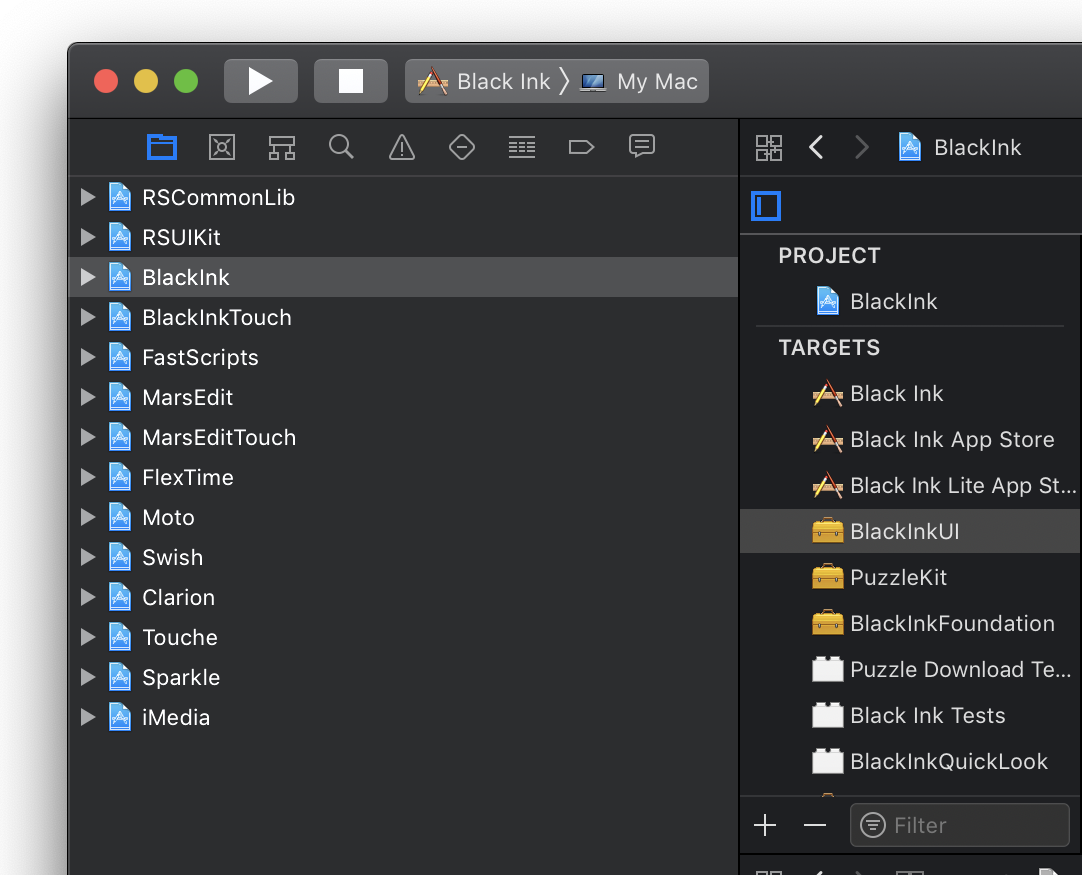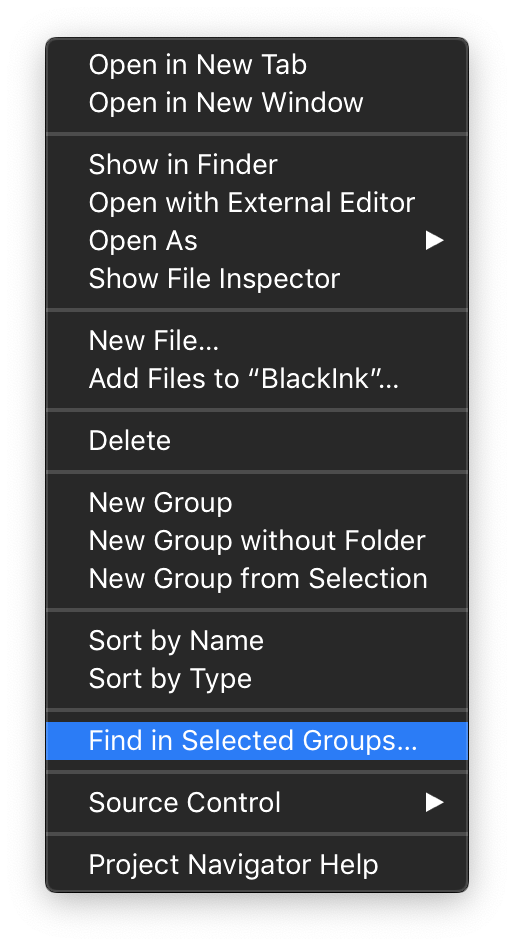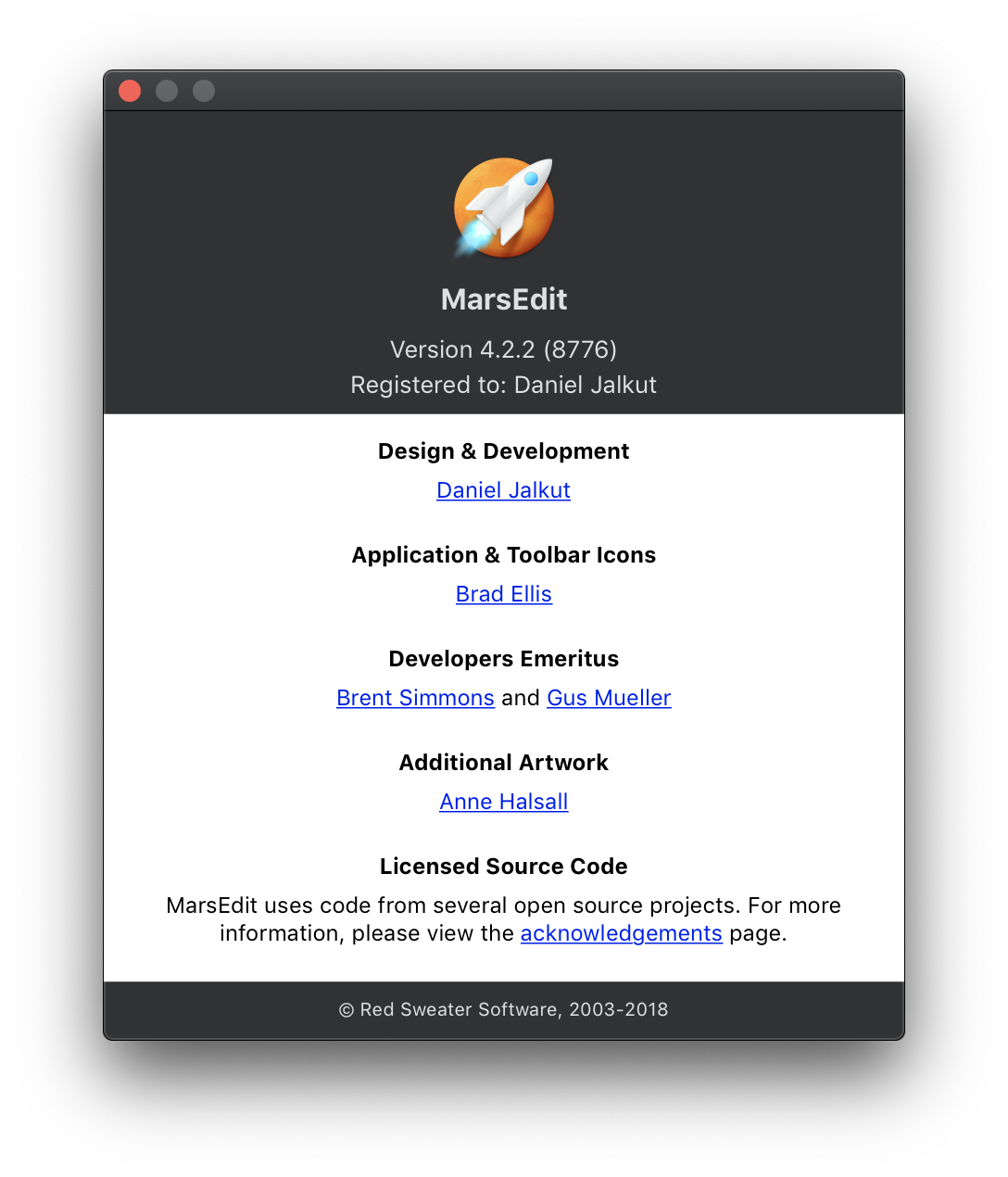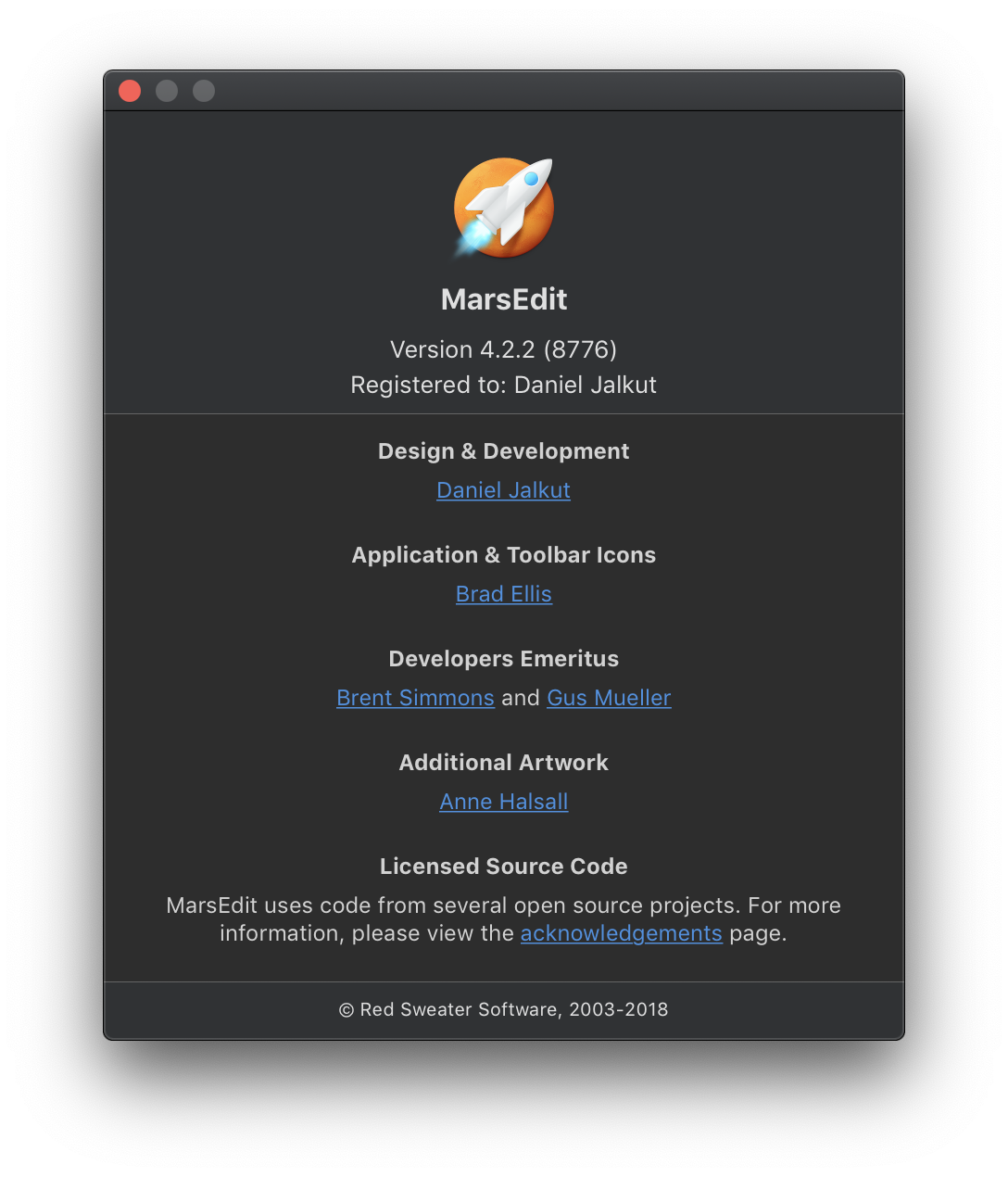Update: 3 November, 2019: As of Xcode 11 the altool command features a new parameter, “–list-providers” which makes it much easier to obtain the provider ID described below. See the updated documentation for more information.
With the release of macOS 10.15 fast-approaching, more and more Mac developers will be scurrying to ensure their apps are notarized. This is the process by which binary applications are submitted to Apple for cryptographic seal-of-approval indicating that the app meets minimum requirements for safety, and shows no obvious signs of being malware.
Apple offers substantial documentation about notarizing your apps. Many developers will find that Xcode automatically notarizes the app as part of the built-in process for archiving an app for release. For those of us with existing, automated command-line build & release processes, there is a separate guide just for us:
Customizing the Notarization Workflow
The steps for automating notarization involve running the “altool” command from Terminal. Everything in the guide linked above should work perfectly unless you’re a member of more than one development team. If you have more than one team associated with your Apple ID, the back-end at Apple doesn’t know which one it should notarize on behalf of. You’ll see an error message like this:
Error: Your Apple ID account is attached to other iTunes providers. You will need to specify which provider you intend to submit content to by using the -itc_provider command. Please contact us if you have questions or need help. (1627)
Here’s where things get fun: what the heck is your ITC provider ID? It’s not listed anywhere obvious on the Apple developer site or in Xcode, and can’t be obtained from the very tool that is asking for it. I came across a message from the ever-helpful Quinn in the Apple Developer Forums. It details a method for locating the provider ID by running a command-line tool, iTMSTransporter, from deep within Apple’s Application Loader app.
Application Loader has since been eliminated from Xcode 11, so if you’re running with modern tools, you’ll be hard pressed to find it. Fear not, the binary is preserved deep within the Xcode app bundle itself:
% xcrun -f iTMSTransporter /Users/daniel/Applications/Xcode/Xcode.app/Contents/Developer/usr/bin/iTMSTransporter
All that said, here is a surefire list of steps for obtaining your ITC Provider ID, or as it’s described in the altool man page, your ASC Provider Shortcode.
- Create a new App-Specific Password from your Apple ID management page.
- From Terminal, invoke iTMSTransporter with the following options:
xcrun iTMSTransporter -m provider -u <yourAppleID> -p <yourAppSpecificPassword>
- At your discretion, revoke the App-Specific Password you created for this process.
NOTE: These instructions apply if you are using Xcode 11. If you’re still using Xcode 10, you’ll need to dig up the iTMSTransporter binary from within Application Loader.app. Instead of “xcrun iTMSTransporter” above, it will be something like /path/to/Application Loader.app/Contents/itms/bin/iTMSTransporter.
If all goes well, you should see a list of your Apple development teams, including the Long Name and Short Name. The Short Name is what you need to pass whenever altool requires an ITC or ASC Provider ID.






